Home>Garden Essentials>How To Grow Gooseberries From Seed
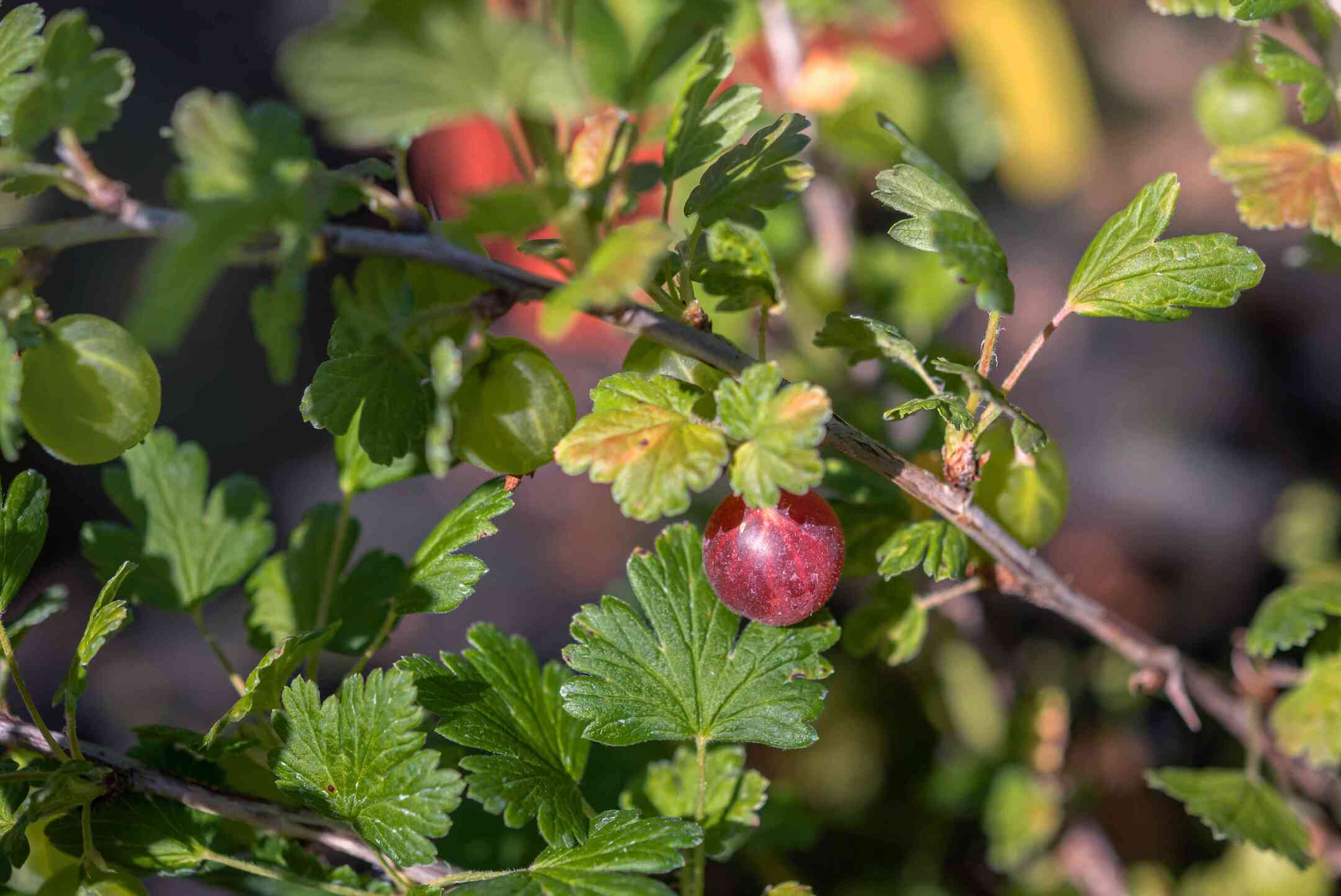

Garden Essentials
How To Grow Gooseberries From Seed
Modified: March 16, 2024
Learn how to grow gooseberries from seed in your garden and enjoy fresh, homegrown berries. Find step-by-step instructions and expert tips for success.
(Many of the links in this article redirect to a specific reviewed product. Your purchase of these products through affiliate links helps to generate commission for Storables.com, at no extra cost. Learn more)
Introduction
Welcome to the wonderful world of growing gooseberries from seed! If you’re a gardening enthusiast looking to expand your skills and experiment with new plants, then growing gooseberries from seed is a rewarding and enjoyable adventure.
Gooseberries are a popular fruit to grow in gardens and are known for their tart and sweet flavor. They are not only delicious to eat but also rich in vitamin C and other essential nutrients. While it is more common to propagate gooseberries through cuttings or purchasing young plants, growing them from seed allows you to have a unique variety and experience the joy of watching your plants grow from tiny seeds into fruitful bushes.
In this article, we will guide you through the process of growing gooseberries from seed, from selecting the right seeds to enjoying a bountiful harvest. So, put on your gardening gloves and let’s get started!
Key Takeaways:
- Growing gooseberries from seed is a rewarding adventure that requires patience and attention to detail. From choosing the right seeds to harvesting the delicious fruits, it’s a delightful journey for any gardening enthusiast.
- Proper care, including watering, drainage, protection from pests, and pruning, is essential for healthy and fruitful gooseberry plants. With diligence and love, you can enjoy the unique flavor of homegrown gooseberries.
Read more: How To Grow Broccoli From Seeds
Choosing the Right Gooseberry Seeds
When it comes to choosing gooseberry seeds, there are a few factors to consider. First and foremost, select a reputable source to ensure the quality of the seeds. Look for seed companies or nurseries that specialize in berry plants and have a wide selection of gooseberry varieties.
Next, consider the climate in which you live. Gooseberries thrive in cooler regions, so choose varieties that are suitable for your climate zone. Some popular gooseberry varieties include ‘Invicta,’ ‘Hinnonmaki Red,’ and ‘Pixwell.’
Another aspect to consider is the flavor and size of the gooseberries. Different varieties offer a range of flavors, from sweet to tart. Decide whether you prefer larger berries or smaller ones, as this can influence your choice of seeds as well.
Lastly, if you have limited space in your garden, you may want to select compact or dwarf varieties of gooseberries. These plants are more suitable for container gardening or small spaces.
Once you have decided on the type of gooseberries you want to grow, it’s time to move on to the next step: preparing the soil.
Preparing the Soil
Before planting your gooseberry seeds, it’s important to prepare the soil properly. Gooseberries thrive in well-draining soil that is rich in organic matter. Here’s how you can prepare the soil for your gooseberry plants:
- Choose a sunny location: Gooseberries prefer a sunny spot with at least six hours of direct sunlight per day. Ensure that the area you choose has good drainage to prevent waterlogging.
- Clear the area: Remove any weeds, grass, or debris from the planting area. This will prevent competition for nutrients and give your gooseberry plants a better chance to grow.
- Amend the soil: Gooseberries prefer slightly acidic soil with a pH between 6.0 and 6.5. If your soil is alkaline, you may need to amend it with organic matter, such as compost or well-rotted manure, to lower the pH. Mix the organic matter into the soil to improve its fertility and drainage.
- Test the soil: Consider getting a soil test done to determine the nutrient composition and pH level of your soil. This will help you identify any deficiencies and allow you to make the necessary amendments.
- Loosen the soil: Use a garden fork or tiller to loosen the soil to a depth of about 12 inches. This will help the roots penetrate the soil easily and promote better water and nutrient absorption.
Remember to give the soil a few weeks to settle and incorporate the amendments before sowing the gooseberry seeds. This will allow the organic matter to break down and create a favorable environment for the seeds to germinate.
Now that the soil is ready, let’s move on to the exciting part: planting the gooseberry seeds!
Planting the Gooseberry Seeds
Planting gooseberry seeds is a straightforward process that requires careful attention to ensure successful germination. Follow these steps to plant your gooseberry seeds:
- Timing: It’s best to sow gooseberry seeds in early spring, just before the last frost date. This will give the seeds enough time to germinate and establish before the growing season.
- Seed preparation: Before planting, it’s a good idea to pre-soak the seeds in water for 24 hours. This will help reduce the seed coat’s hardness and improve germination rates.
- Planting depth: Plant the seeds in well-prepared soil, burying them about 1/2 inch deep. Space the seeds at least 2 inches apart to allow ample room for growth.
- Watering: After planting, water the seeds thoroughly to ensure good moisture penetration. Keep the soil consistently moist but not waterlogged throughout the germination period.
- Germination time: Gooseberry seeds typically take 2-3 weeks to germinate. During this time, maintain a consistent temperature of around 60-65°F (15-18°C) to facilitate germination.
- Seedling care: Once the seedlings emerge, thin them out if necessary, leaving the strongest and healthiest ones to grow. Provide them with ample light, either by placing them in a sunny windowsill or using artificial grow lights.
As the seedlings grow, continue to water them regularly, ensuring the soil remains consistently moist. It’s important to be patient during this stage, as gooseberries can be slow to establish. However, with diligent care and attention, you will soon see your seedlings transform into thriving gooseberry plants.
Next, we will discuss the importance of proper watering and drainage for your gooseberry plants.
Providing Proper Watering and Drainage
Proper watering and drainage are essential for the healthy growth of gooseberry plants. Here are some tips to ensure your plants receive adequate moisture while maintaining good drainage:
- Watering frequency: Gooseberries prefer a consistent supply of moisture. Water the plants deeply once a week, ensuring the soil is moist but not waterlogged. Avoid overwatering, as it can lead to root rot and other fungal diseases.
- Watering technique: Rather than watering from above, which can lead to wet foliage and increased risk of diseases, consider using a soaker hose or drip irrigation system. This will deliver water directly to the root zone, reducing water waste and minimizing the chance of fungal issues.
- Mulching: Apply a layer of organic mulch, such as straw or wood chips, around the base of the gooseberry plants. Mulching helps retain soil moisture, suppresses weeds, and regulates soil temperature. Be sure to leave a small gap around the stem to prevent rot.
- Proper drainage: Gooseberries thrive in well-draining soil. Avoid planting them in areas prone to waterlogging or heavy clay soil, as excess moisture can cause root rot. If your soil has poor drainage, consider planting gooseberries in raised beds or adding organic matter, like compost, to improve soil structure.
- Monitor soil moisture: Regularly check the moisture level of the soil. Stick your finger into the soil up to the knuckle – if it feels dry, it’s time to water. If it feels moist, hold off on watering as the plants may still have sufficient moisture.
Remember that providing proper watering and drainage is crucial, especially during the fruiting stage. Inadequate moisture can result in small or shriveled berries. By following these guidelines, your gooseberry plants will thrive and produce a bountiful harvest.
Next, let’s learn how to protect your seedlings from potential threats.
To grow gooseberries from seed, start by collecting ripe berries and removing the seeds. Plant the seeds in a well-draining soil mix and keep them moist. Place the pots in a sunny location and wait for the seeds to germinate. Transplant the seedlings into larger pots or the garden once they have developed a few sets of true leaves.
Read more: How To Grow Hollyhocks From Seed
Protecting the Seedlings
Protecting your gooseberry seedlings from potential threats is essential to ensure their healthy growth and development. Here are some measures you can take to safeguard your seedlings:
- Pest control: Keep an eye out for common garden pests such as aphids, caterpillars, and slugs. Regularly inspect your plants and take proactive measures to control pests, such as handpicking or using natural remedies like neem oil or insecticidal soap.
- Netting or fencing: Birds are notorious for feasting on gooseberry fruits. To prevent them from devouring your harvest, cover your plants with bird netting or install a fence around the growing area. This will deter birds and other wildlife from accessing the plants.
- Protective barriers: In the early stages, when your seedlings are vulnerable, protect them from unexpected frost or strong winds by using protective barriers, such as cloches or row covers. These barriers help create a microclimate that shields the seedlings from harsh conditions.
- Weed control: Remove any weeds growing near your gooseberry seedlings, as they can compete for nutrients and water. Mulching around the plants will also help suppress weed growth and reduce the need for frequent weeding.
- Support system: As your gooseberry plants grow, install a support system, such as stakes or trellises, to prevent the branches from drooping and breaking under the weight of the fruit. This will also help improve air circulation and reduce the risk of fungal diseases.
- Regular inspection: Regularly inspect your plants for any signs of disease or nutrient deficiencies. Early detection allows for prompt treatment and prevents further damage.
By implementing these protective measures, you can ensure that your gooseberry seedlings have the best chance of thriving and reaching maturity. As the plants grow, it’s important to stay vigilant and address any issues promptly to maximize their potential.
Next, let’s explore the importance of pruning and training your gooseberry plants.
Pruning and Training the Gooseberry Plants
Pruning and training your gooseberry plants are essential practices that promote optimal growth, increase fruit production, and maintain a well-structured bush. Here are some guidelines for pruning and training your gooseberry plants:
- Timing: Prune your gooseberry plants during the dormant season, typically in late winter or early spring before new growth begins.
- Remove weak or damaged branches: Start by eliminating any weak, diseased, or damaged branches. This will improve air circulation and prevent the spread of diseases.
- Thin out excessive growth: Gooseberry plants tend to produce a dense canopy, which can lead to poor airflow and increased susceptibility to diseases. Thin out excess growth by selectively removing some of the older and overcrowded branches.
- Prune for shape and size: Trim the branches to maintain an open, vase-like shape. This allows for better light penetration and encourages even fruiting. Additionally, control the size of the plant by pruning back long and leggy branches to promote branching and bushiness.
- Train the main stem: Encourage a strong central leader by selecting a sturdy, upright stem and tying it to a stake. This will provide support and help maintain the desired shape of the plant.
- Prune for balance: Regularly assess the overall balance of the plant. If one side appears overly vigorous, selectively prune to promote balance and equal growth.
While pruning is important for gooseberry plants, be cautious not to over-prune. Pruning too heavily can result in reduced fruit production. Aim for a balanced approach, removing enough to maintain plant health and structure while leaving some fruiting wood for a productive harvest.
Remember to sanitize your pruning tools before and after each use to prevent the spread of diseases. Clean with a 10% bleach solution or rubbing alcohol to ensure the tools are free from any potential pathogens.
Now that you know how to prune and train your gooseberry plants, let’s move on to the exciting part: harvesting and enjoying the delicious gooseberries!
Harvesting and Enjoying the Gooseberries
After patiently tending to your gooseberry plants, the time will come to harvest the delicious fruits of your labor. Here’s how to know when and how to harvest your gooseberries:
- Timing: Gooseberries are typically ready to harvest in late spring or early summer, depending on the variety and climate. The berries should be fully ripe, but not overripe, with a vibrant color and a slightly soft texture.
- Harvesting technique: Gently hold the gooseberry cluster with one hand and use the other hand to pluck the ripe berries. Avoid pulling or tugging forcefully, as this can damage the plant and reduce future yields. Alternatively, you can use scissors or pruners to snip the cluster from the main stem.
- Handle with care: Gooseberries have a delicate skin, so handle them with care to minimize any bruising. Place the harvested berries in a shallow container or basket to prevent them from crushing or piling up.
- Storage: If you’re not consuming the gooseberries immediately, store them in the refrigerator. They can last for up to two weeks when properly refrigerated. Avoid washing the berries until just before you’re ready to use them as excess moisture can cause them to spoil faster.
- Enjoying the fruits: Gooseberries can be enjoyed in various ways. From fresh snacking to culinary delights, they add a tangy burst of flavor to both sweet and savory dishes. Use them in pies, jams, jellies, sauces, or incorporate them into salads and smoothies.
When it comes to harvesting gooseberries, it’s important to keep in mind that the longer you leave them on the plant, the sweeter they will become. However, if you prefer a more tart taste, you can harvest them slightly earlier.
So, savor the fruits of your labor and relish in the unique flavor of your freshly harvested gooseberries. Share them with friends and family, or simply indulge in their tanginess all by yourself!
As we conclude this guide on growing gooseberries from seed, we hope that you find joy and success in your gardening journey. Happy growing and happy harvesting!
Conclusion
Congratulations on learning how to grow gooseberries from seed! By following the steps outlined in this guide, you have gained the knowledge and confidence to embark on this rewarding gardening adventure.
From choosing the right gooseberry seeds and preparing the soil to planting the seeds and providing proper care, you have learned the key elements needed for successful growth. By providing proper watering and drainage, protecting the seedlings from potential threats, and pruning and training the plants, you have set the stage for healthy and fruitful gooseberry bushes.
Remember, growing gooseberries from seed requires patience and attention to detail. It may take some time for your seedlings to grow into mature plants, but the joy of watching them flourish and produce an abundant harvest will be well worth the wait.
Whether you enjoy the tangy berries right off the plant or use them in various culinary creations, your homegrown gooseberries will surely impress with their delicious flavor and nutritional value.
Now, armed with the knowledge and understanding of how to grow gooseberries from seed, you can experiment with different varieties, create unique flavors, and continue to expand your gardening skills.
So, put on your gardening gloves, grab your seeds, and get ready to experience the delight of growing your own gooseberries. May your garden be filled with thriving plants, tasty harvests, and the satisfaction of a green thumb well-earned.
Happy gardening!
Frequently Asked Questions about How To Grow Gooseberries From Seed
Was this page helpful?
At Storables.com, we guarantee accurate and reliable information. Our content, validated by Expert Board Contributors, is crafted following stringent Editorial Policies. We're committed to providing you with well-researched, expert-backed insights for all your informational needs.
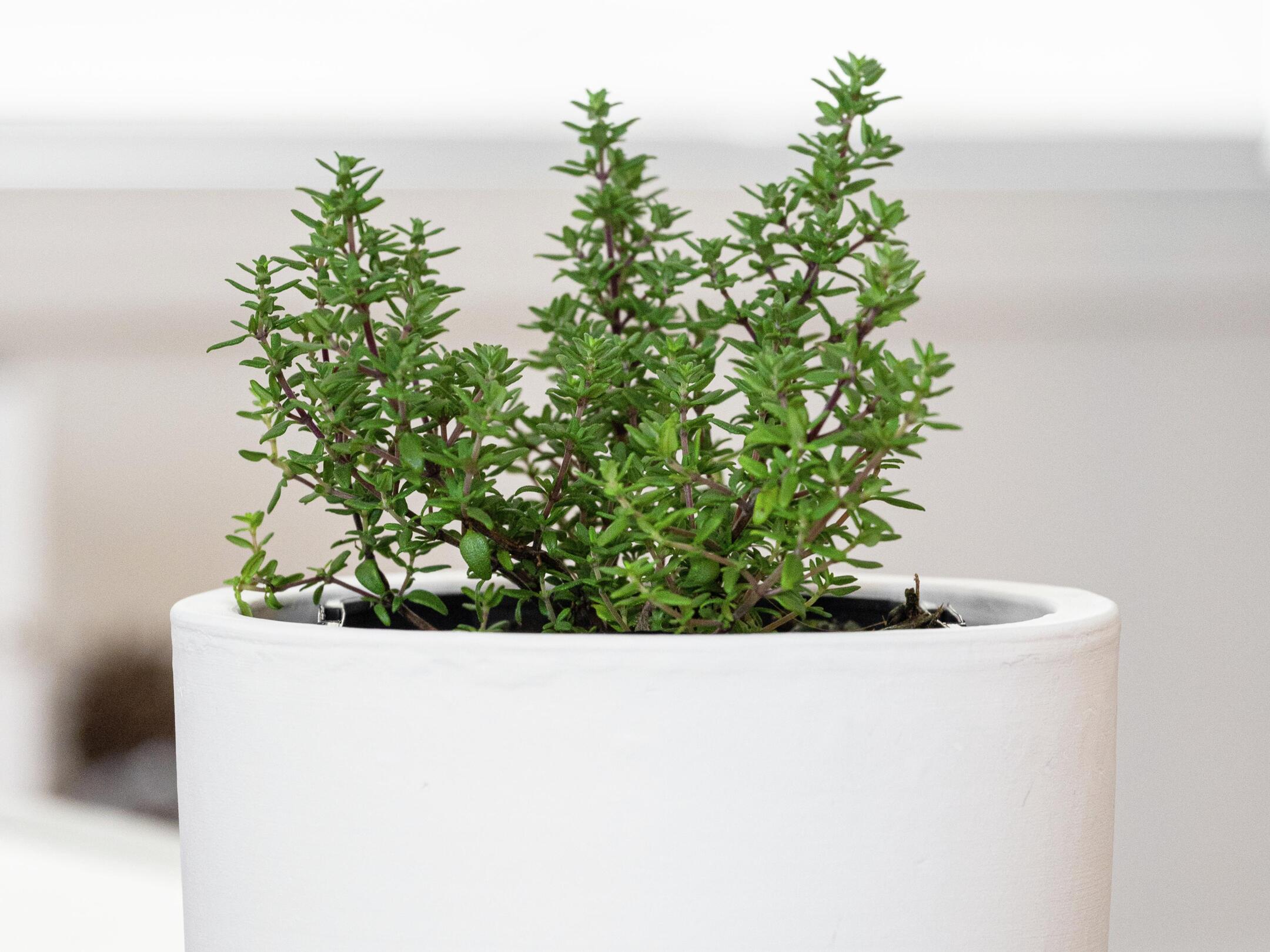
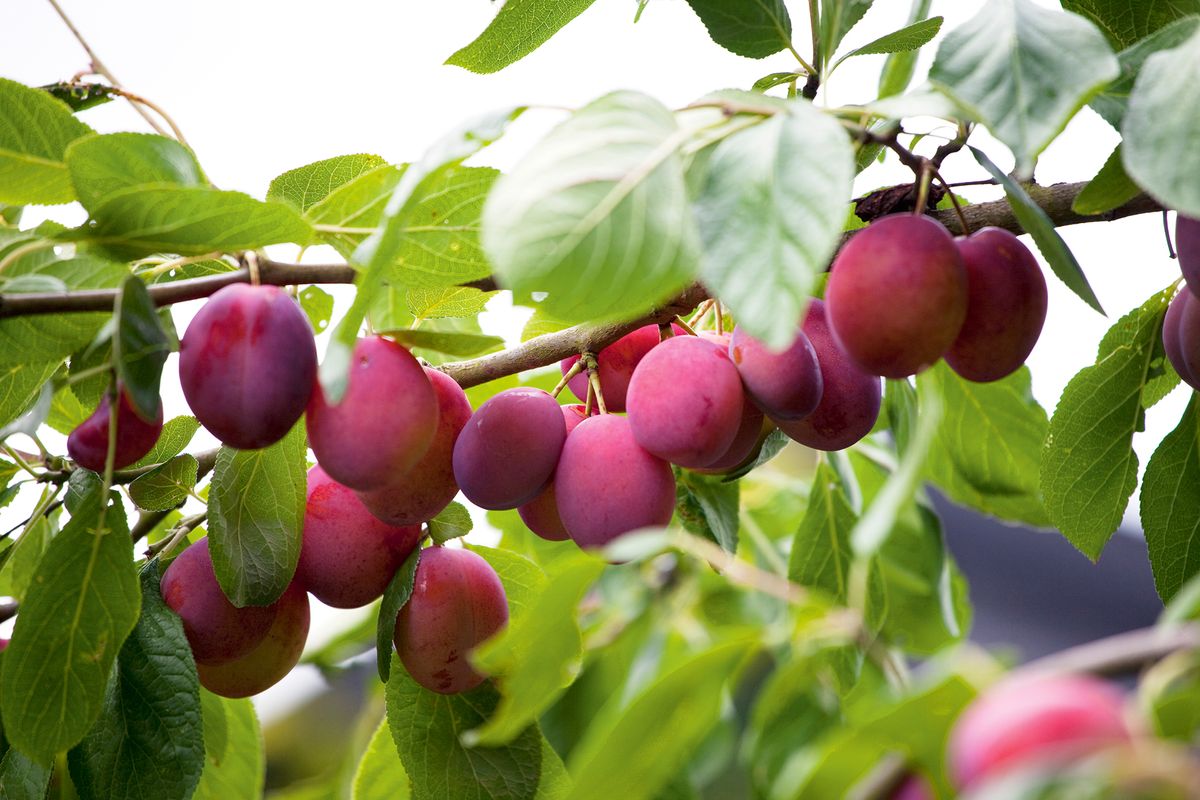
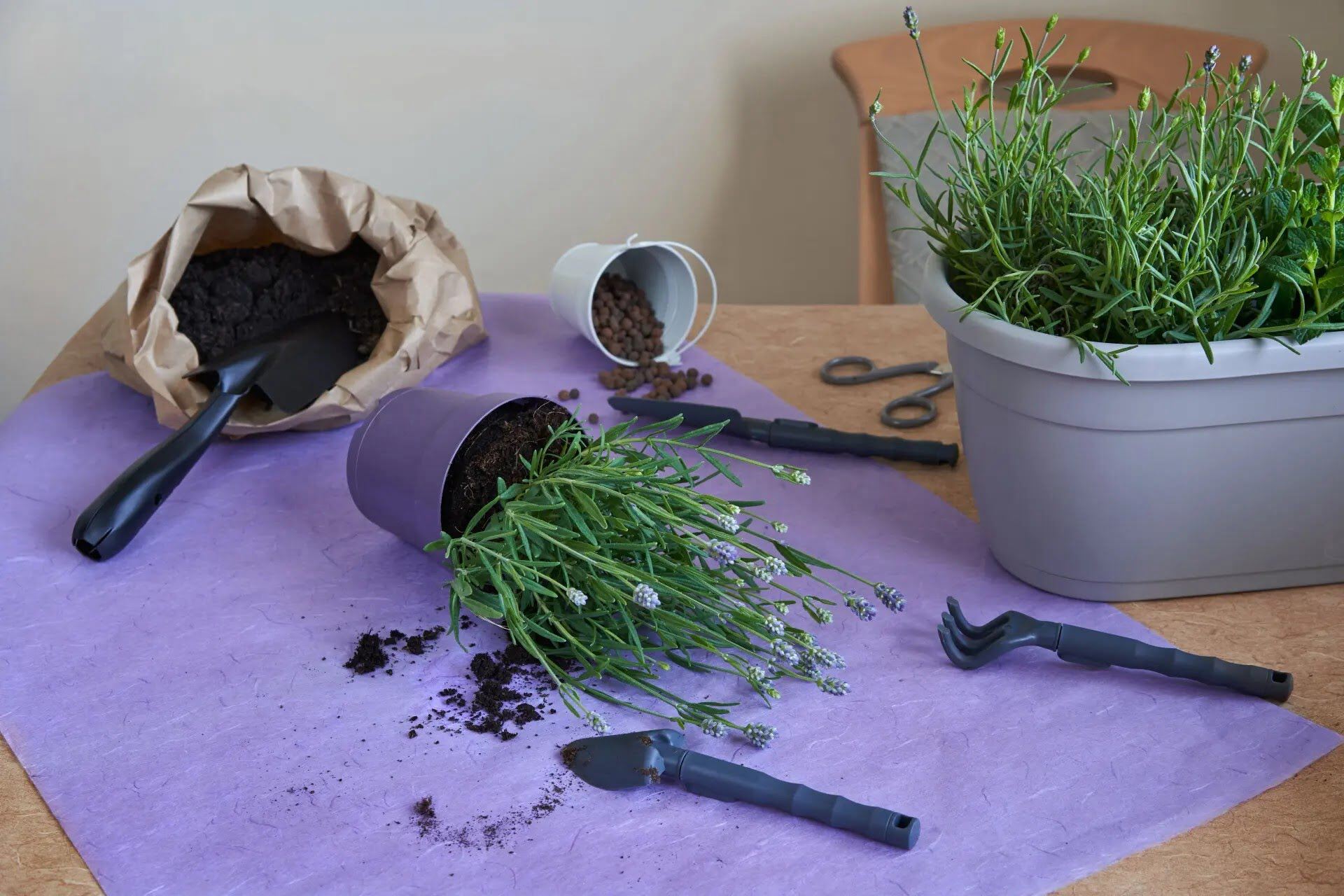
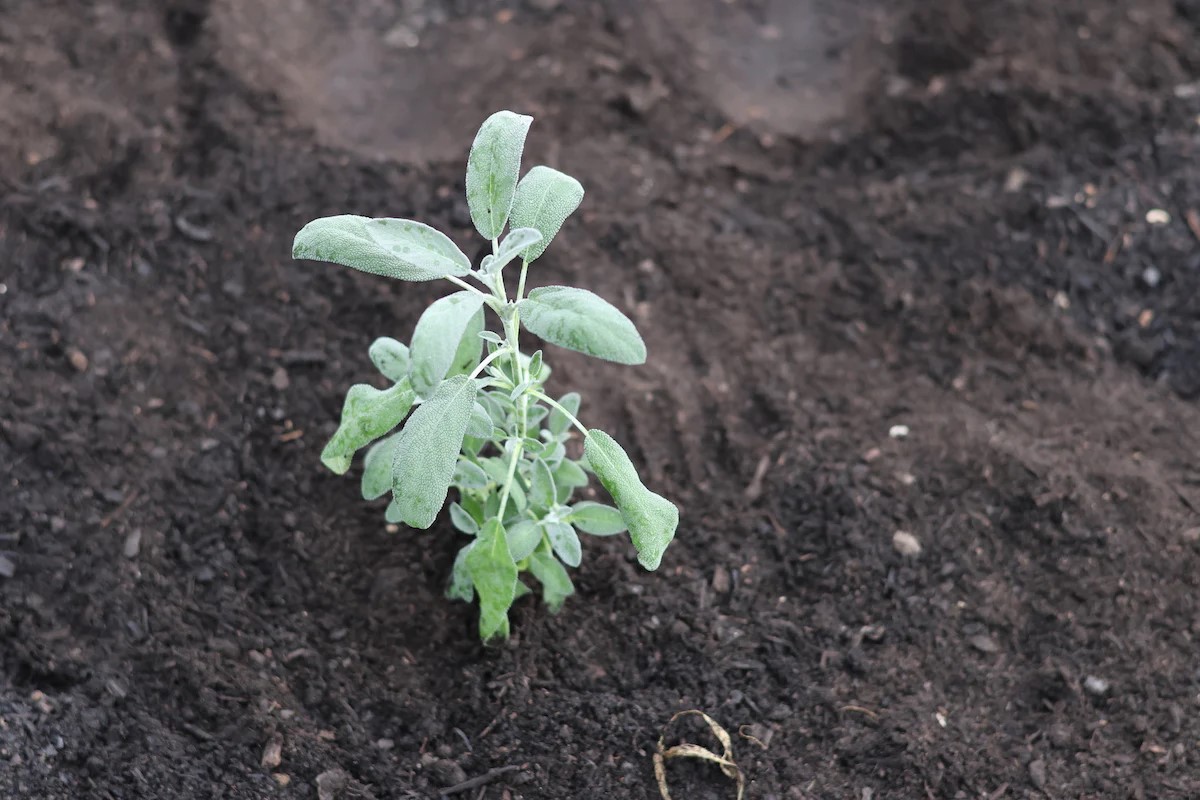
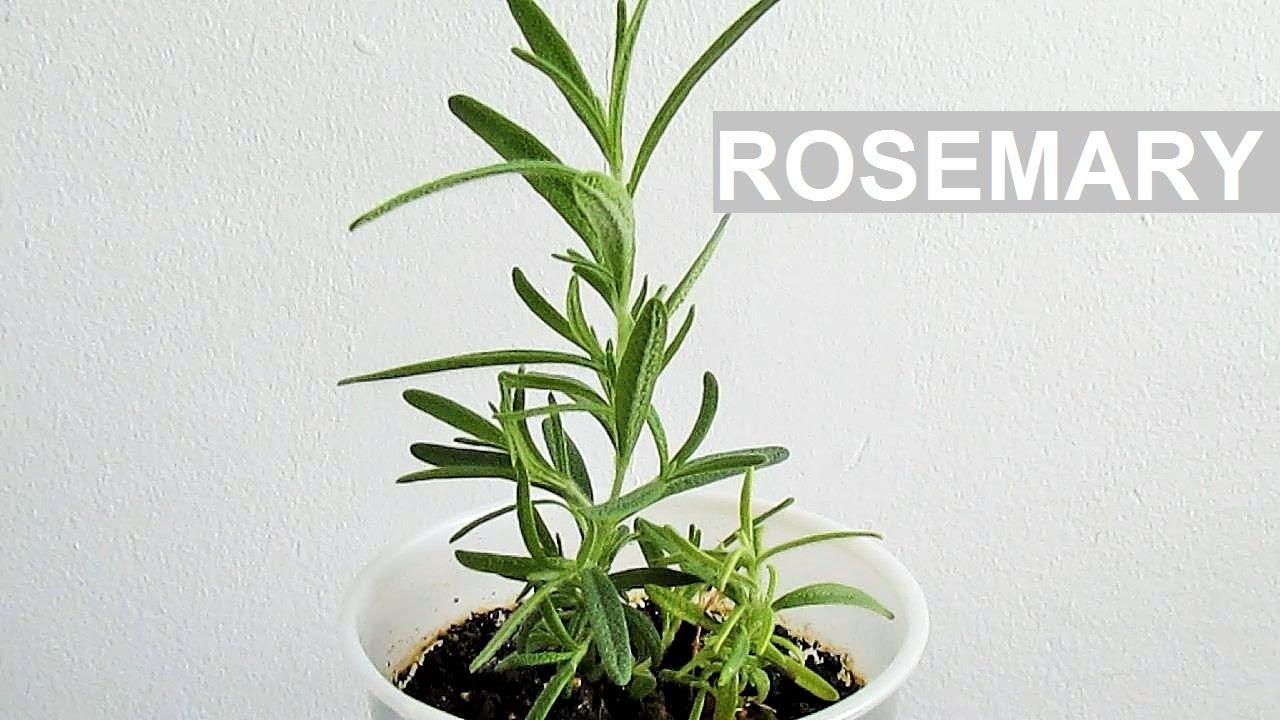
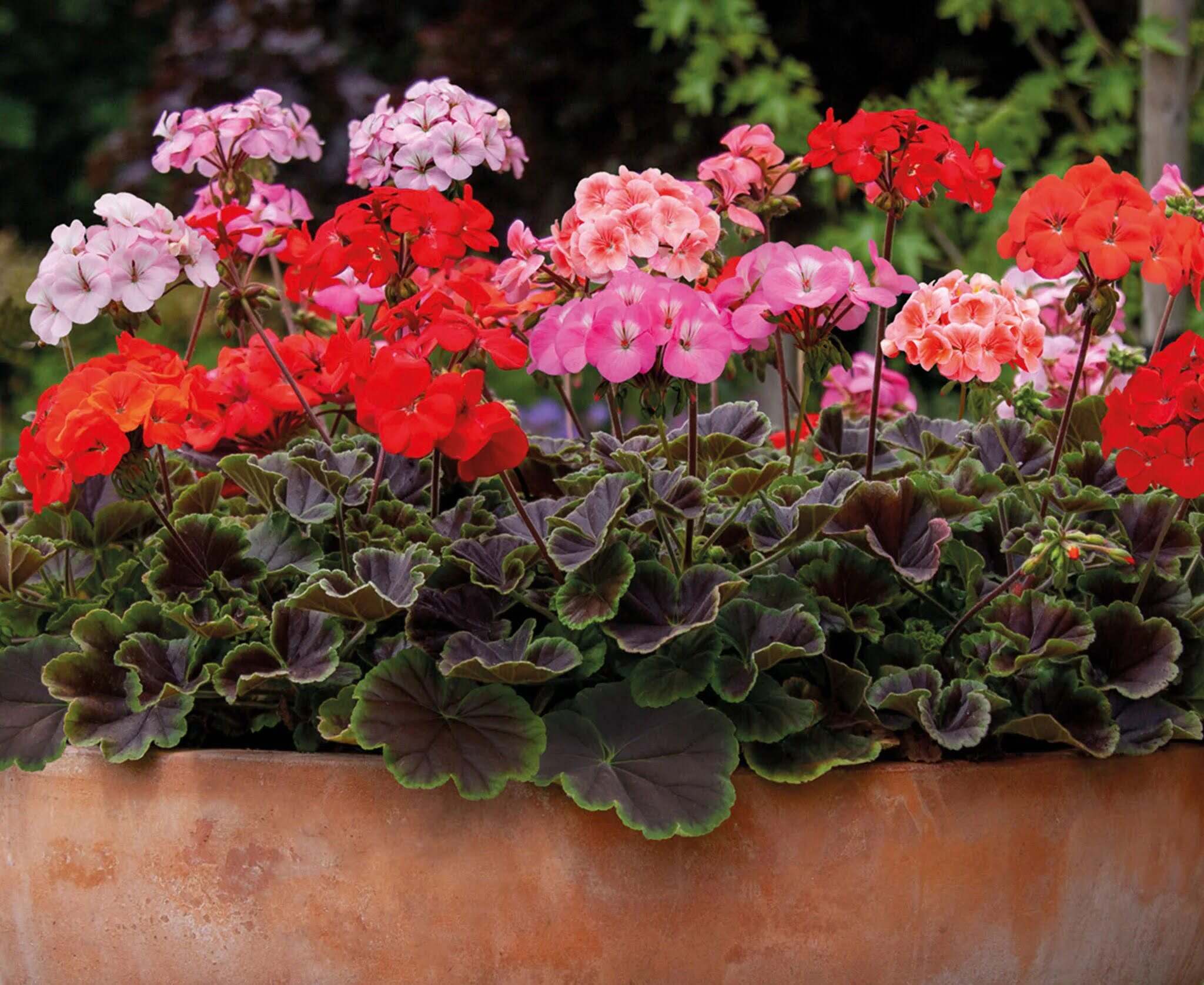
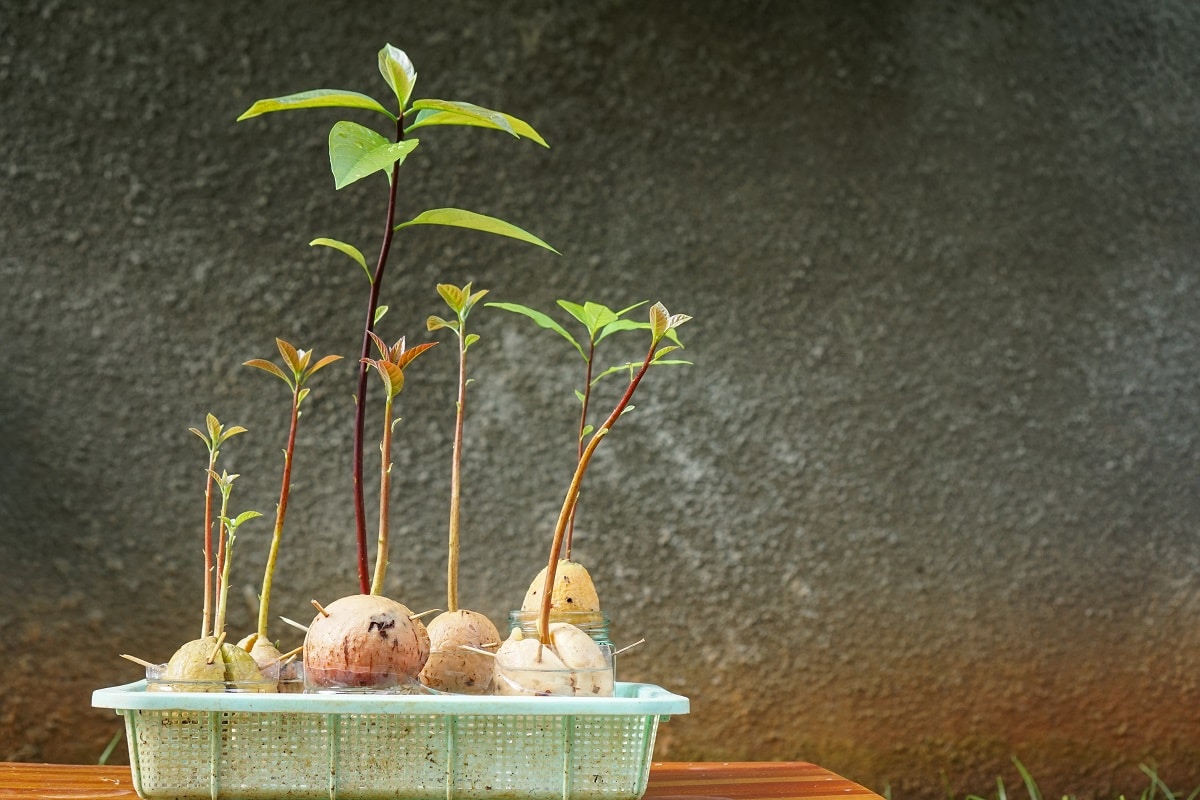
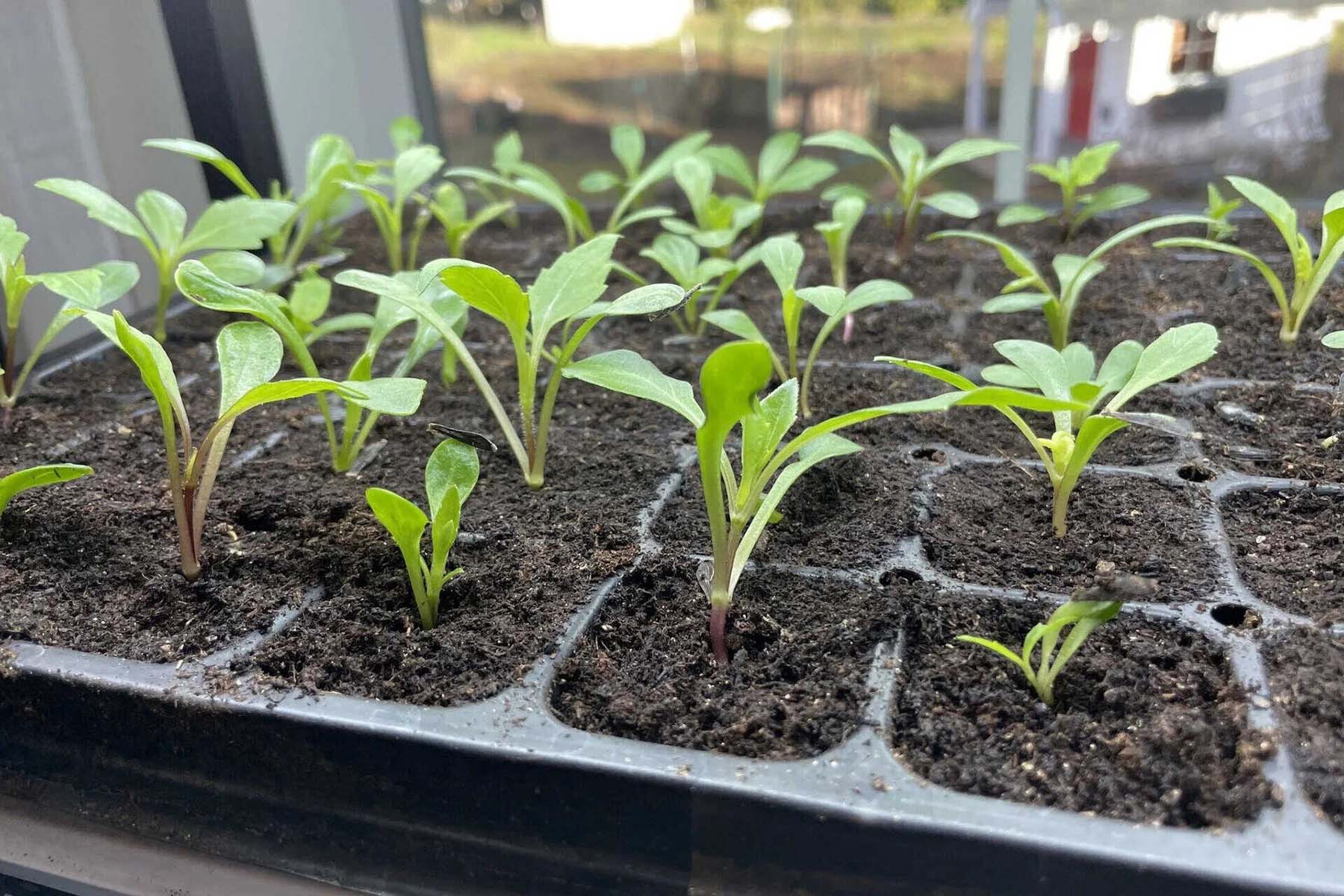
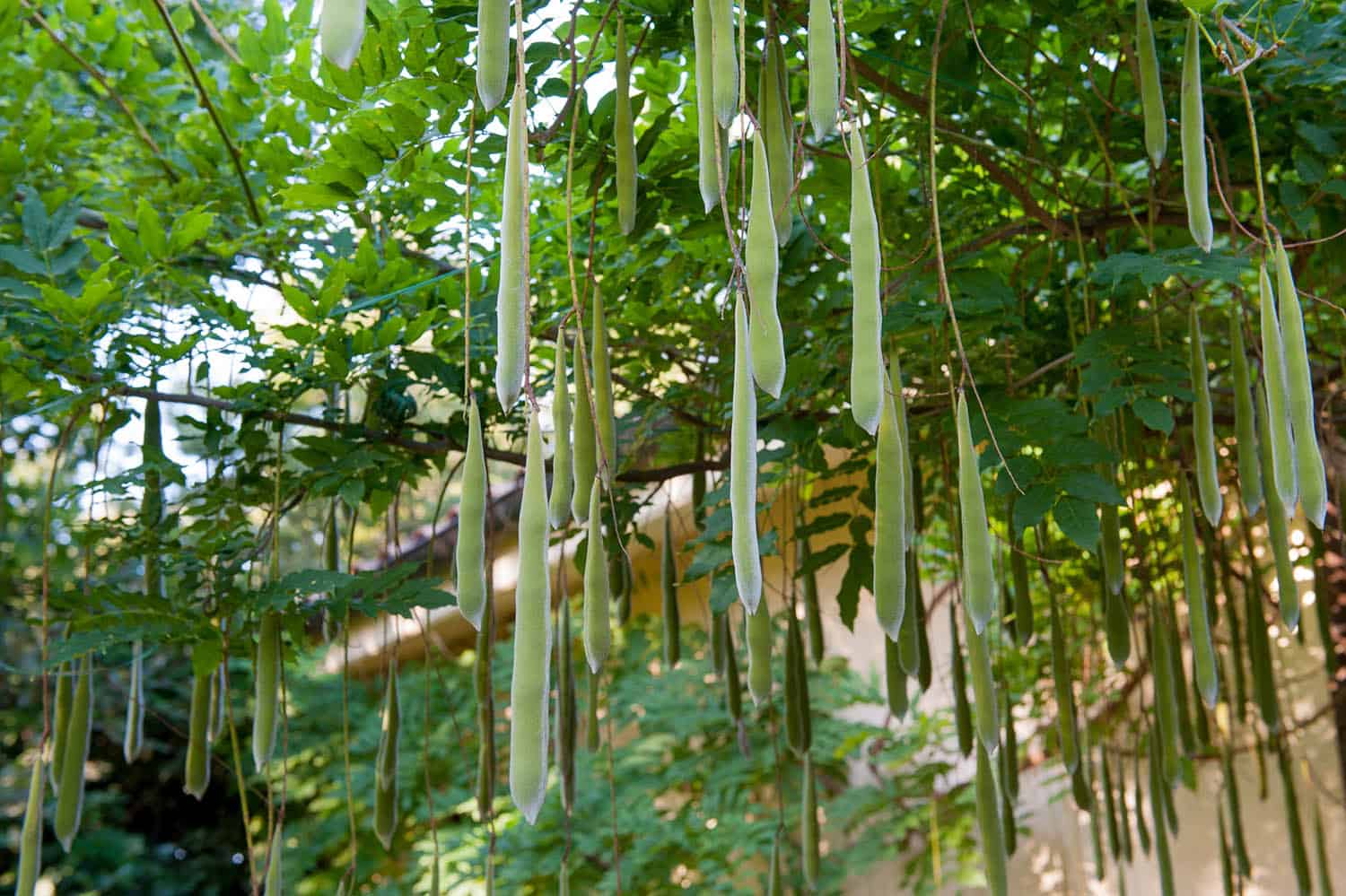
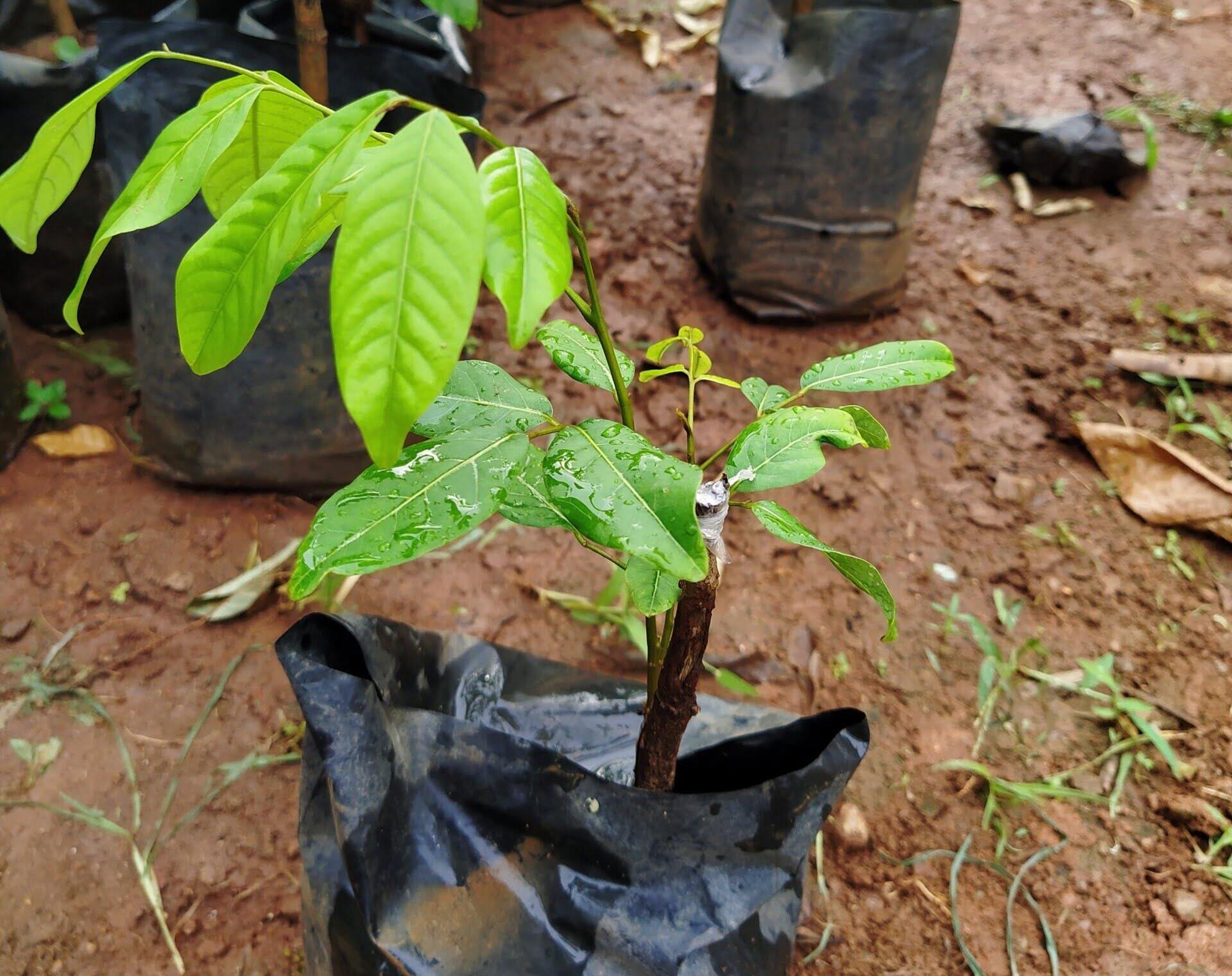
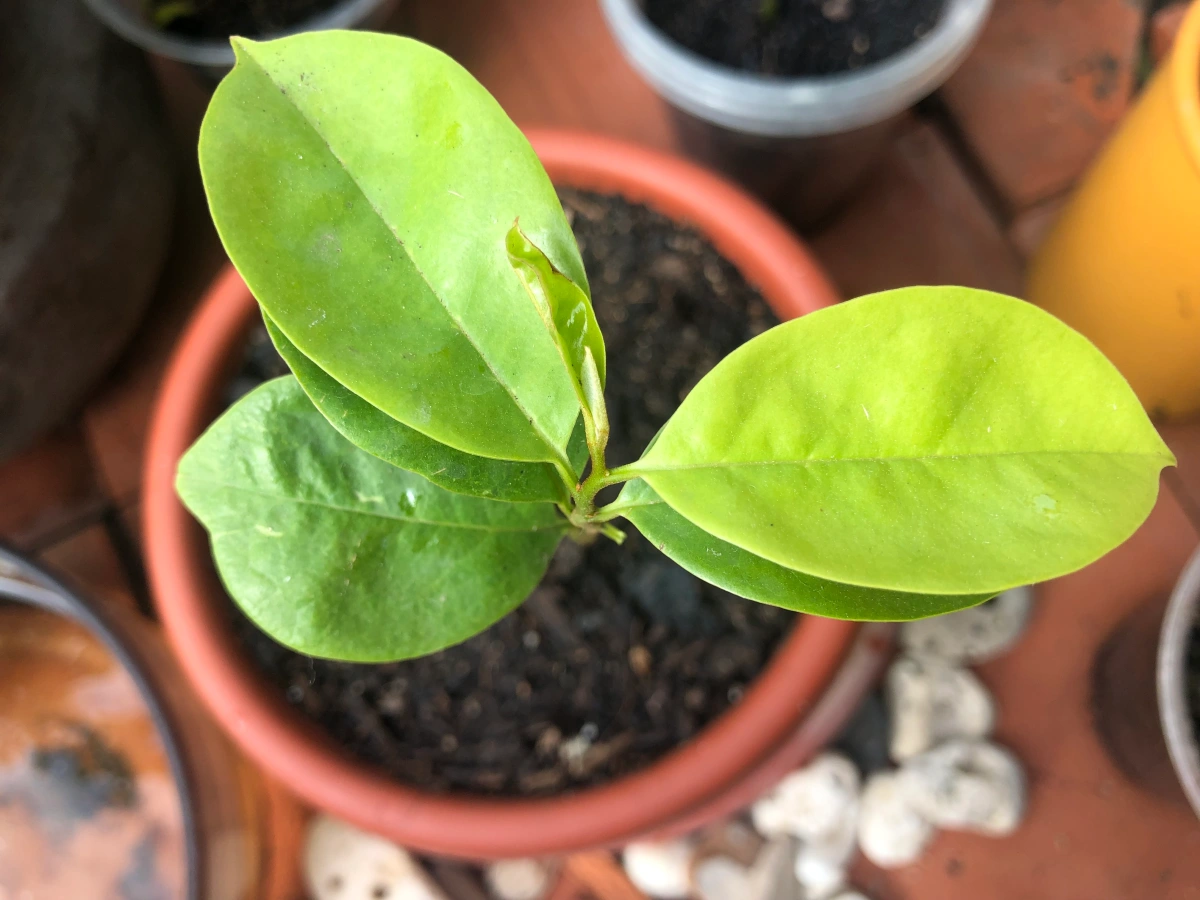
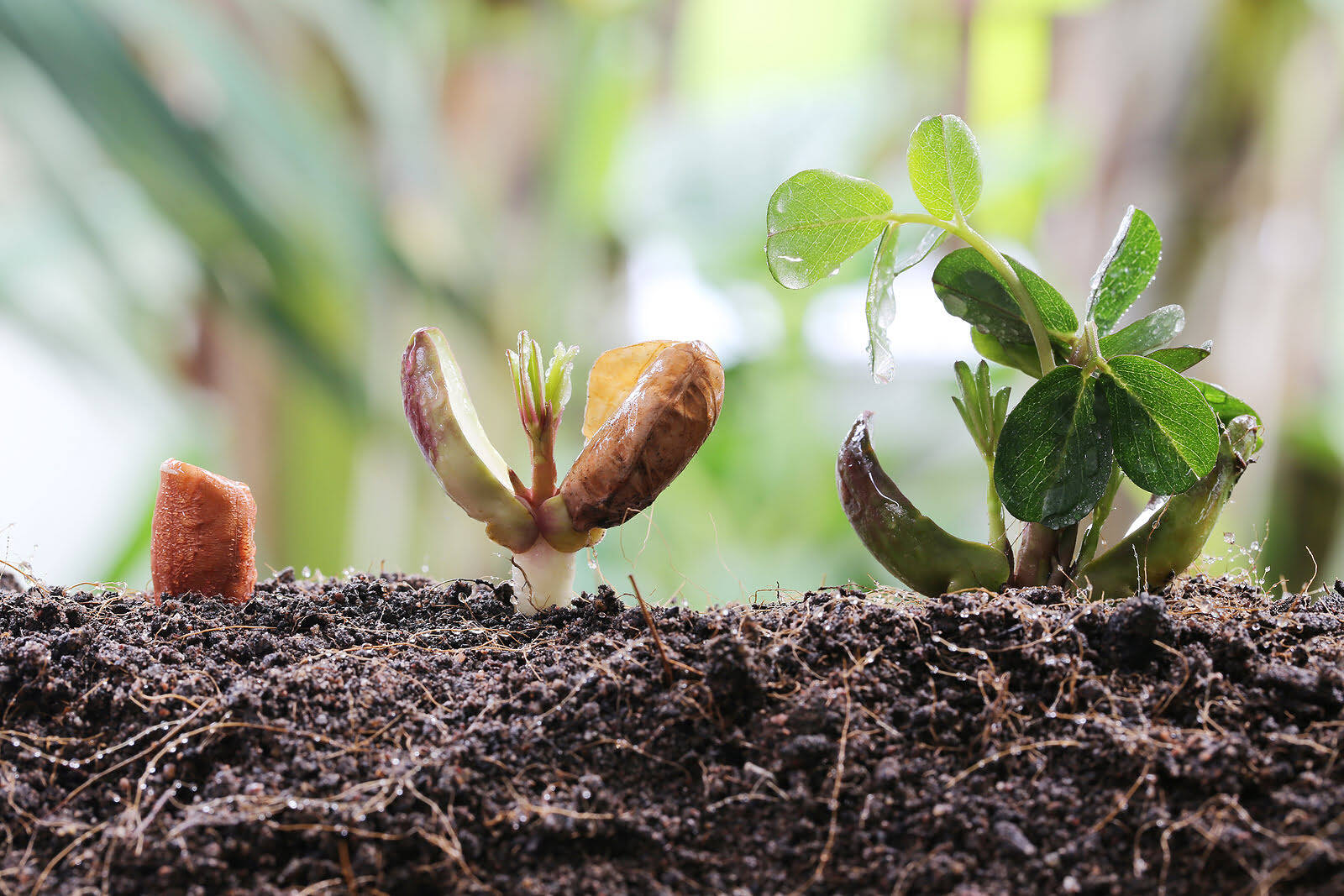
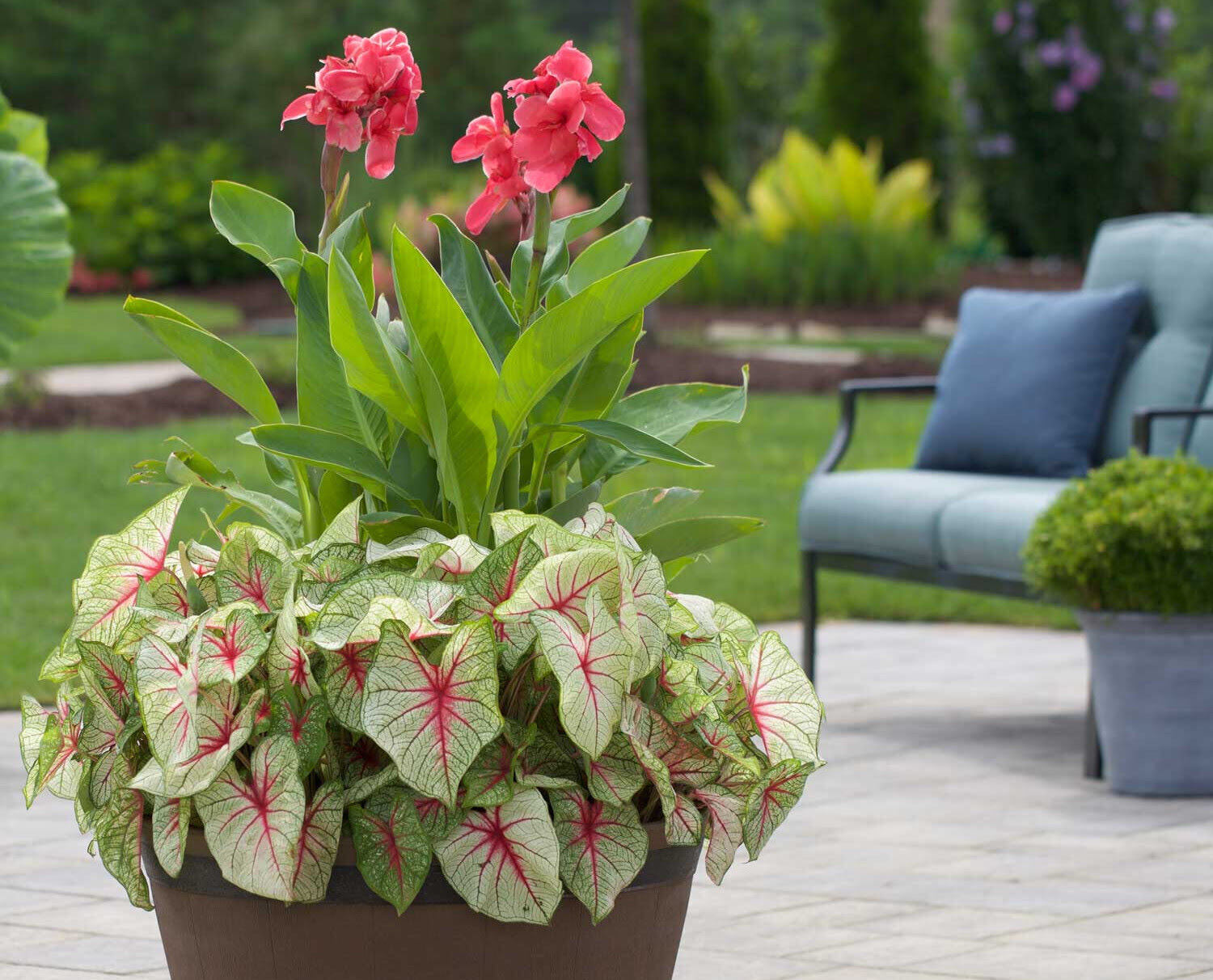


0 thoughts on “How To Grow Gooseberries From Seed”